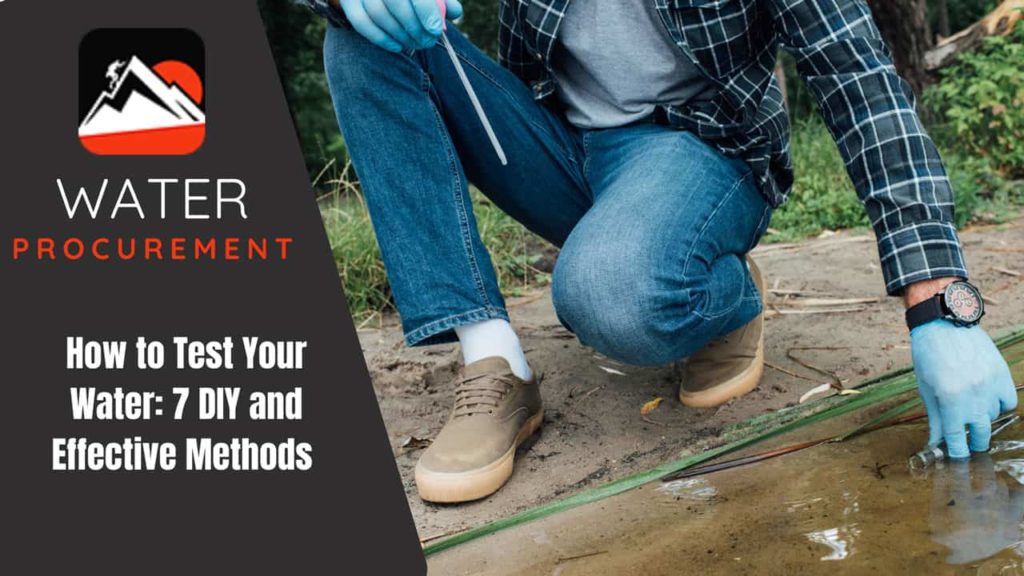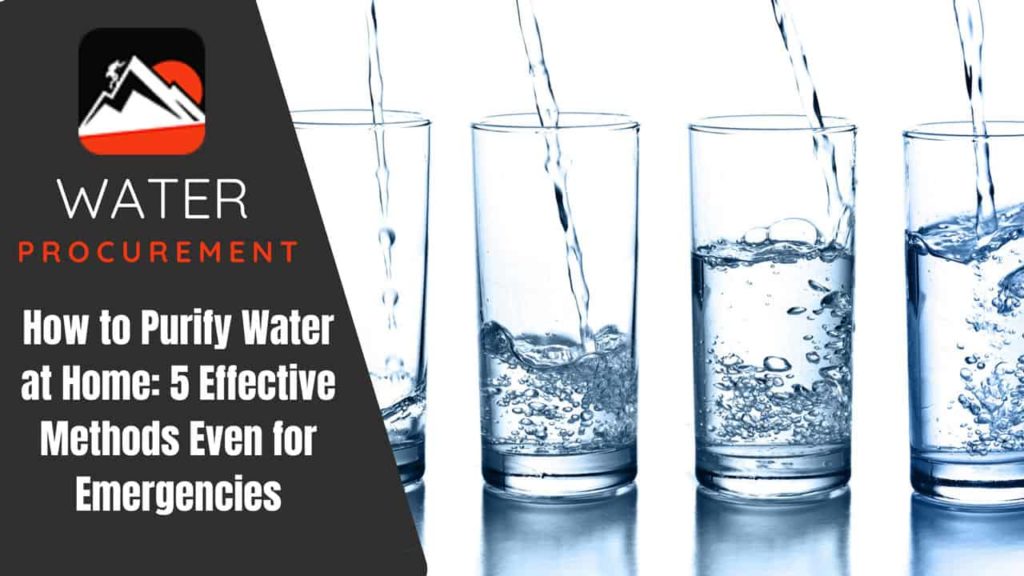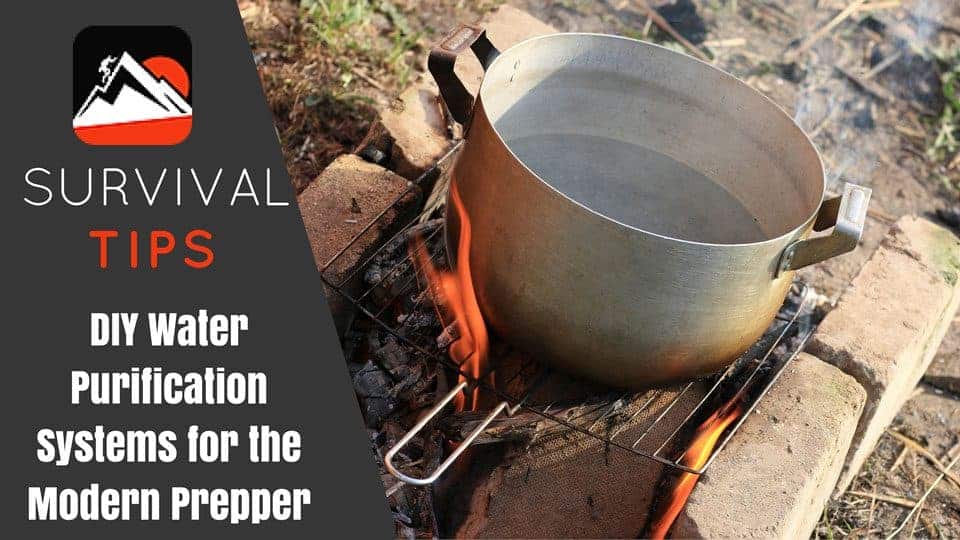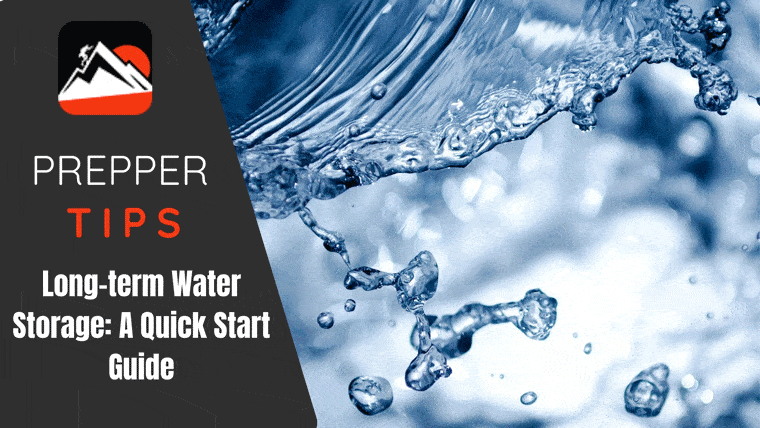Contents
In a survival situation, clean water is essential. You can’t survive long without it. The good news is that you can test your water to see if it is safe to drink. This blog post will teach you how to do DIY water testing. We will also discuss the different water purification methods so that you can choose the best option for your needs. So stay hydrated and stay alive!
Learn About the Various Pollutants
Before we get into the details of how to test your water, you must understand the possible contaminants of water. This way, you will have a better idea of what you should test. There are many different types of pollutants that can be present in water, including:
Bacteria
This is probably the most common type of pollutant. Bacteria can cause various diseases, including dysentery, cholera, and typhoid.
Parasites
Parasites are living organisms that can inhabit your body. They can cause a wide range of diseases, from diarrhea to other serious health problems.
Chemicals
Chemicals can come from various sources, including factories, agriculture, and mining. Some common chemicals that can be found in water include lead, arsenic, and mercury.
Iron
Iron is a naturally occurring element that can be found in water. However, too much iron can cause your water to taste metallic or leave stains on clothing, dishes, etc.
Lead
Lead is a toxic metal that can cause serious health problems. It is often found in water from old pipes or fixtures. Lead has been banned from many products, but it can still be found in some areas.
Stay Away From Seawater
When in survival mode, it’s important to remember that not all water is safe to drink. Seawater, for example, is high in salt and other minerals. So even though it’s tempting, you should avoid drinking it as much as possible. It can result in dehydration!
You might also find interesting our article about long-term water storage.
The Best Ways To Test Water
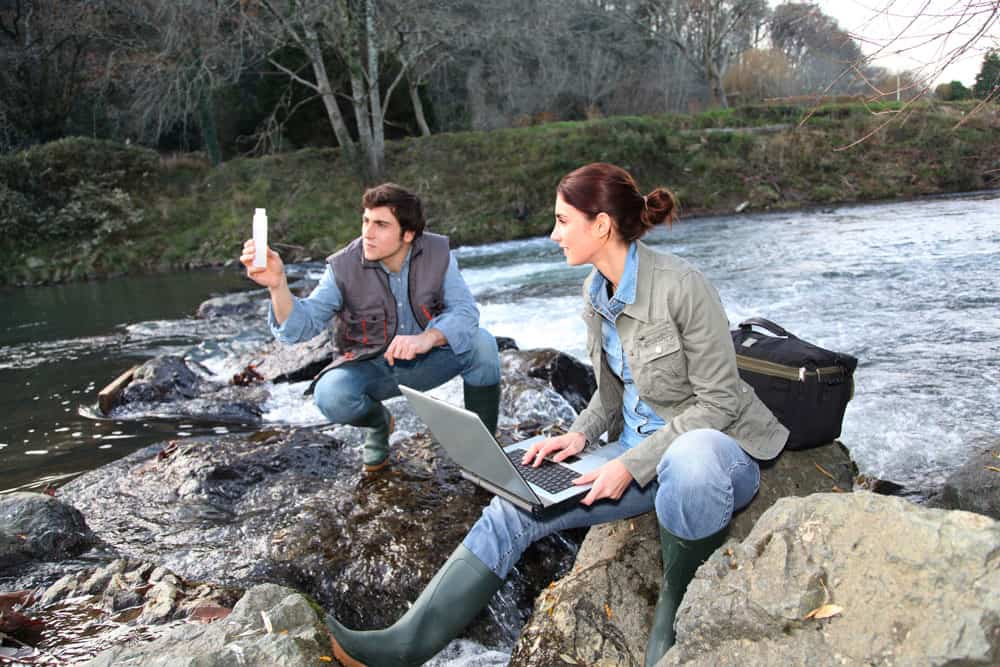
Now that we’ve covered the basics of survival water testing, let’s talk about how to test your water in survival mode.
1. Tap Water Test Kit
If you are not in survival mode, you probably have access to tap or bottled water. Before drinking this type of water, make sure that it is safe to drink using a test kit. These kits can be purchased at most hardware stores and will tell you if any contaminants are present in your water.
We recommend buying test kits that will cover all your water testing needs. Multiple strips are available for bacteria, hardness (pH), chlorine, and pesticides; there’s also a single-strip kit to measure the pH level in these samples.
2. The Float Tests
If you are in survival mode and don’t have a test kit, there is another way to determine if your water is safe. Pour a small amount of water into a clear bottle. If the water is cloudy or has particles floating in it, it’s not safe to drink. If the water is clear, slowly pour it into a container and let it sit for about 30 minutes. If after 30 minutes, no particles are floating at the top, then the water is safe to drink.
3. UV Light
If you have a way to generate UV light, you can disinfect your water. The UV light will kill bacteria and other contaminants, making it safe to drink. However, this method is not as effective as some of the others mentioned above. To ensure that the water has been adequately purified before drinking it. Your water should be exposed to UV light for at least one hour.
4. Boiling
This is the oldest and most reliable way to purify water. Boiling water will kill all bacteria, viruses, and other contaminants. It is a good idea to boil water for about 20 minutes to ensure that it is safe to drink. To carry out the boiling process in the most efficient way, make sure that you have a big enough pot to hold the water and a tight-fitting lid. Ensure the fire is hot enough to produce a rolling boil.
5. Solar Disinfection
If you have access to the sun, you can use solar disinfection to purify your water. This method is not as reliable as the others mentioned above, but it can be used in a survival situation. Place your water in a plastic bottle that has been exposed to the sun for at least six hours. The heat from the sun will kill bacteria and other contaminants.
We also recommend reading our article about living without running water.
6. Chemicals
You may not have access to a test kit or UV light in a survival situation. If this is the case, you can use chemicals to purify your water. The two most common chemicals used for this are chlorine and iodine. It is a good idea to have these on hand in case you need them. Add a small amount of the chemical to your water and let it sit for about 30 minutes. If no contaminants are present after 30 minutes, the water is safe to drink.
7. Use Your Senses
If you are in a survival situation and don’t have access to any of the methods mentioned above, you can use your senses to help you determine if the water is safe to drink. First, smell the water and see if it smells bad. Next, taste a tiny amount of the water and see if it tastes bad. Finally, look at the water and see if it is clear.
Water contaminated will have an almost stale smell and will taste like dirt. In addition, if the water appears cloudy or has particles floating in it, then it is not safe to drink.
Final Thoughts
There’s a lot of misinformation and confusing information about testing your water, and it can be challenging to know the best way. This blog post will have taught you all about the different methods available for testing.
The best ways to DIY test water for survival are different from the methods you’d use in a typical home, so you must get specialized knowledge before trying any of these at your own risk. If this sounds like something you want to know more about, do proper research or try to find an expert that can teach you this knowledge so when disaster strikes, you will be ready and prepared to face it.

